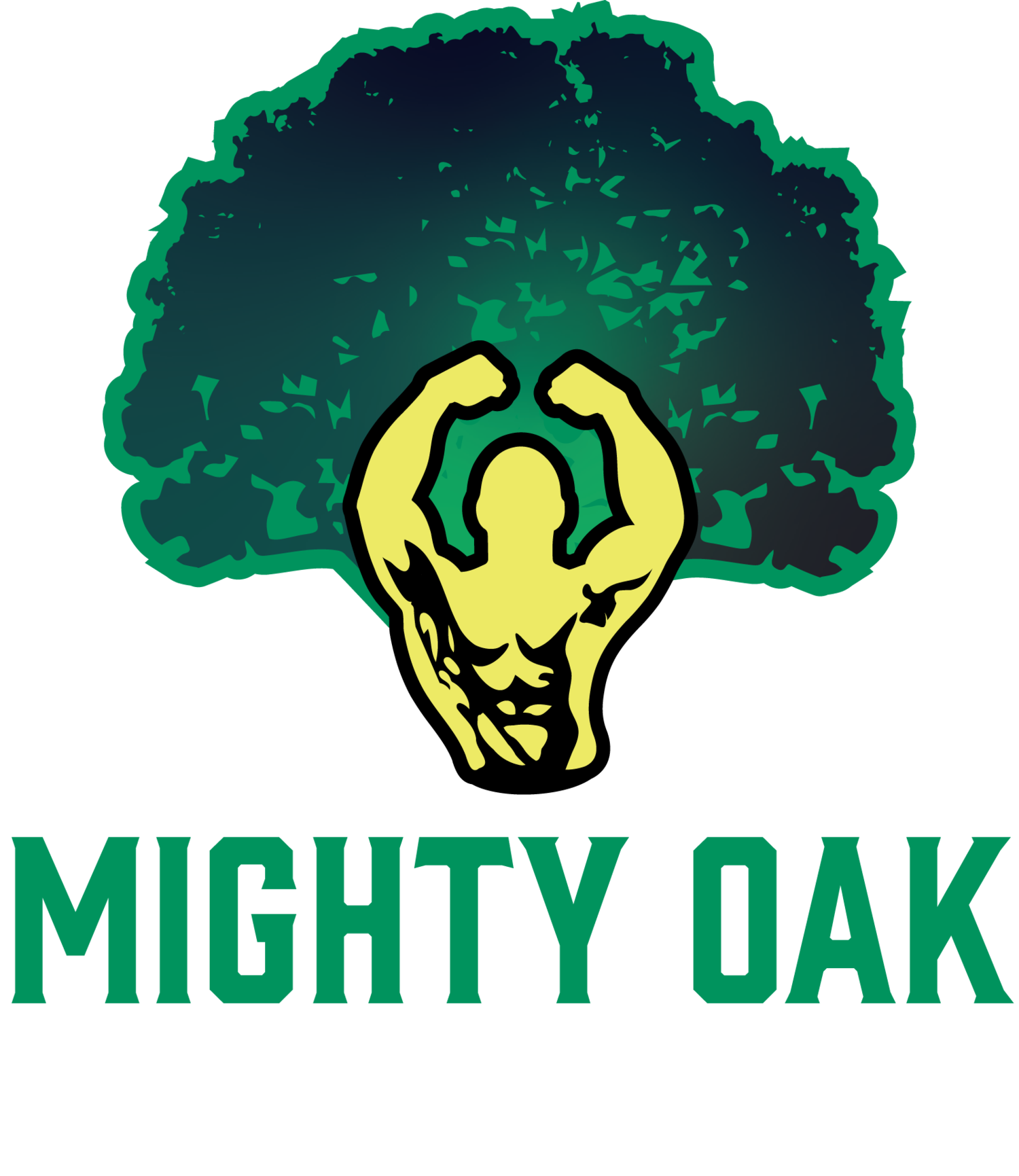How to Design Training Programs That Work for Every Student Athlete
The Role of Evidence-Based Practice in Student Athlete Sports Performance and Injury Prevention
When it comes to developing strong, capable, and resilient student athletes, evidence-based practice (EBP) serves as a cornerstone for both improving sports performance and reducing the risk of injuries. EBP in strength and conditioning is all about combining scientific research with the expertise of skilled coaches to create customized training programs that meet the unique needs of each athlete.
What Is Evidence-Based Practice?
EBP integrates the latest scientific research with the practical experience and judgment of coaches. This approach ensures that every athlete’s training program is designed with their physical abilities, personal preferences, and values in mind. It’s not just about following a rigid formula from a textbook—EBP is about applying research findings in a way that works for individual athletes.
For example, research may show that incorporating eccentric exercises (slow, controlled movements that focus on lengthening muscles) can improve strength and reduce injury risk. However, it’s the coach’s expertise that determines how and when to incorporate these movements into an athlete’s routine, tailoring the approach to their sport and training goals.
Why Evidence-Based Practice Matters for Student Athletes
1. Improved Sports Performance
EBP allows coaches to focus on training methods proven to enhance specific physical abilities. For instance, peer-reviewed research may highlight how plyometric training improves explosive power—a critical skill for sports like basketball, soccer, and volleyball. By applying this knowledge, coaches can ensure athletes build the speed and agility they need to excel on the field or court.
2. Injury Prevention
Sports injuries, especially among young athletes, are often preventable. Research shows that strength training focused on balance, mobility, and muscle coordination can significantly lower injury risks. For example, a study on youth soccer players found that implementing a neuromuscular warm-up routine reduced ACL injuries by 50%. Combining this research with a coach’s understanding of an athlete’s unique movement patterns ensures a safer and more effective approach.
3. Adaptability to Individual Needs
Every student athlete is different. EBP enables coaches to adjust training programs based on factors like age, skill level, and sport-specific demands. For example, while a group-based study might show benefits for a particular exercise, an experienced coach will know how to tweak that exercise to fit an athlete recovering from an ankle sprain.
Applying EBP to Student Athlete Training Programs
At Mighty Oak Athletic, we use EBP to design programs that help student athletes improve performance while staying injury-free. Here’s how:
• Strength Development: Incorporating proven exercises like squats, deadlifts, and push presses, while adjusting weight, sets, and reps based on each athlete’s development and recovery needs.
• Mobility Work: Using evidence-backed stretches like the runner’s lunge and pigeon pose to enhance flexibility and reduce injury risks.
• Progressive Overload: Gradually increasing training intensity in line with research to ensure steady gains without overtraining.
• Neuromuscular Training: Including agility drills and balance work, based on studies that show these methods reduce the likelihood of lower-body injuries.
The Coach’s Role: Turning Research Into Results
Scientific research provides the foundation for EBP, but it’s the coach who brings it to life. Coaches are essential in interpreting research findings and applying them in ways that resonate with each athlete. They bridge the gap between data and the athlete’s day-to-day reality, using their expertise to design interventions that address both performance goals and safety concerns.
For example, while a research paper may recommend a specific warm-up for reducing injuries, a coach might modify the sequence to fit the time constraints of a high school practice. Similarly, when there’s limited research for specific demographics, such as female athletes in certain sports, a coach relies on their experience and creativity to adapt strategies and monitor outcomes.
Building Stronger, Safer Athletes
At Mighty Oak Athletic, we believe that training programs built on evidence-based practice empower student athletes to reach their full potential while minimizing the risk of injuries. By integrating the latest research with our expertise, we help athletes not only perform better but also develop the strength, resilience, and confidence to stay in the game longer.
Through EBP, we ensure that every athlete’s journey is guided by the best of both science and coaching—because every rep, every drill, and every decision matters when it comes to their success and safety.
Let’s continue to build a foundation of strength and safety, one athlete at a time.

